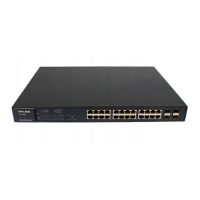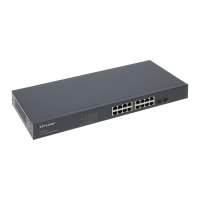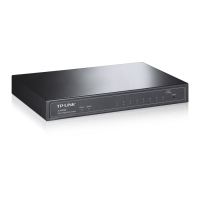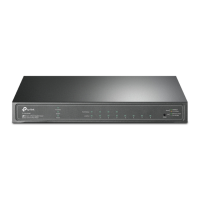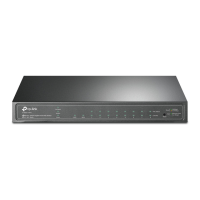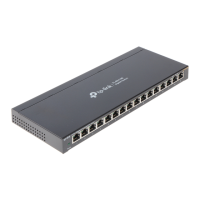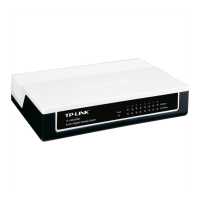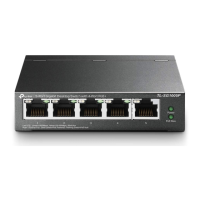Notification Configurations
User Guide 873
Configuring SNMP & RMON
PoE Only for products that support PoE. The trap includes the following sub-traps:
Over-max-pwr-budget: Triggered when the total power required by the
connected PDs exceeds the maximum power the PoE switch can supply.
Port-pwr-change: Triggered when a port starts to supply power or stops
supplying power.
Port-pwr-deny: Triggered when the switch powers off PDs on low-priority
PoE ports. The switch powers off them to ensure stable running of the other
PDs when the total power required by the connected PDs exceeds the
system power limit.
Port-pwr-over-30w: Triggered when the power required by the connected
PD exceeds 30 watts.
Port-pwr-overload: Triggered when the power required by the connected PD
exceeds the maximum power the port can supply.
Port-short-circuit: Triggered when a short circuit is detected on a port.
Thermal-shutdown: Triggered when the PSE chip overheats. The switch will
stop supplying power in this case.
IP-MAC Binding Triggered in the following two situations: the ARP Inspection feature is
enabled and the switch receives an illegal ARP packet; or the IPv4 Source
Guard feature is enabled and the switch receives an illegal IP packet.
IP Duplicate Triggered when the switch detects an IP conflict.
DHCP Filter Triggered when the DHCPv4 Filter feature is enabled and the switch receives
DHCP packets from an illegal DHCP server.
ACL Counter Monitors matched ACL information, including the matched ACL ID, rule ID
and the number of the matched packets. With both this trap and the Logging
feature in the ACL rule settings enabled, the switch will check the matched
ACL information every five minutes and send SNMP traps if there is any
updated information.
2) Click Apply.
3.2 Using the CLI
3.2.1 Configuring the NMS Host
Configure parameters of the NMS host and packet handling mechanism.
Step 1 configure
Enter Global Configuration Mode.

